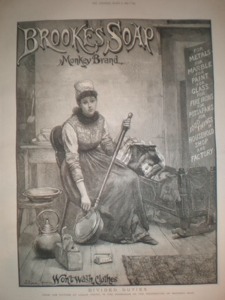Sign up for FlowVella
Sign up with FacebookAlready have an account? Sign in now
By registering you are agreeing to our
Terms of Service
Loading Flow

The Cult of Domesticity
-In the early 19th century, women were expected to limit their activities to the home after marriage; this tradition became known as the cult of domesticity.
-But by 1850, woman started to work for wages before they were married.
-Women, at the time, couldn't
vote or sit on juries, even if they
were taxpayers.
-They had no
guardianship rights over their
children.
